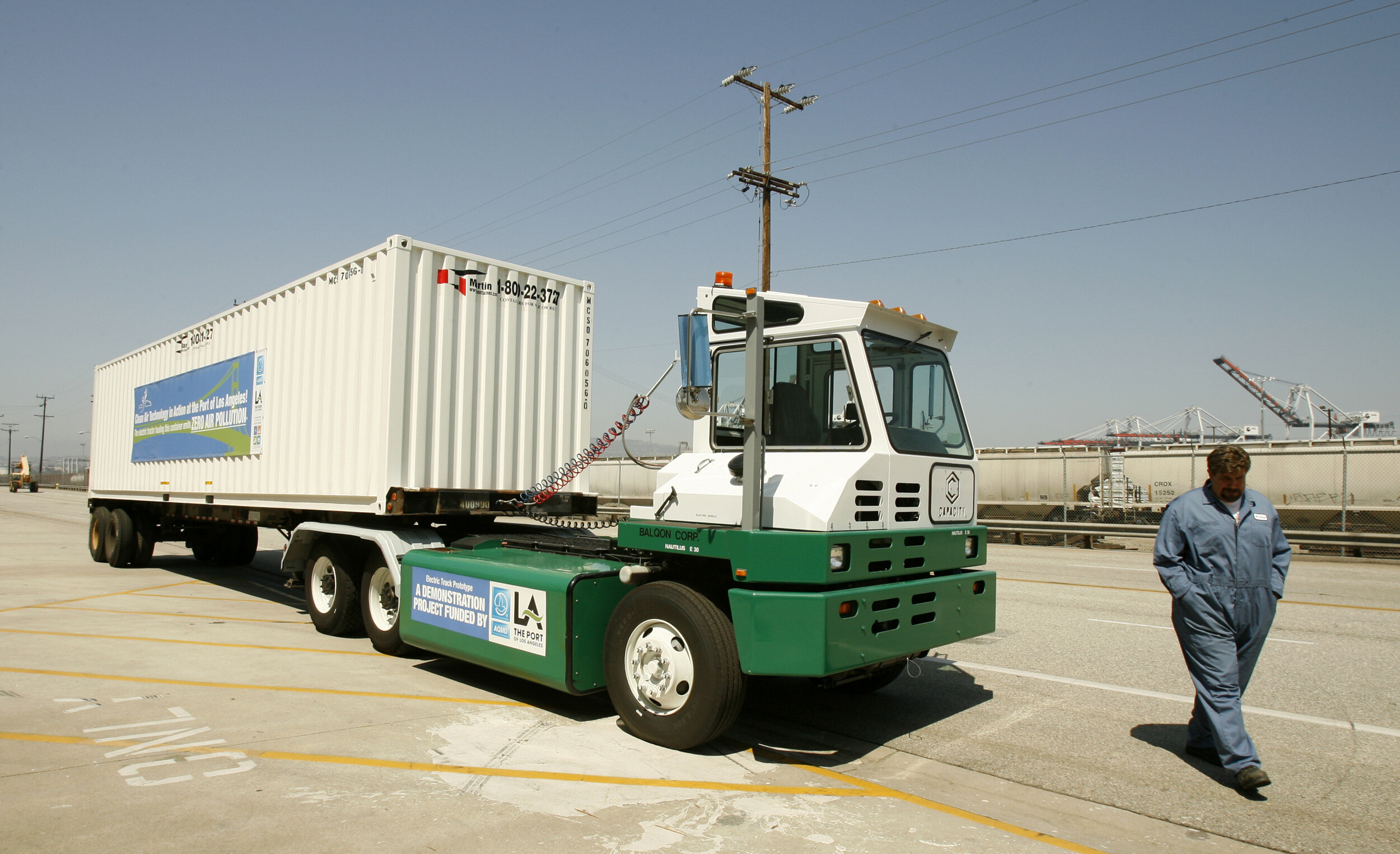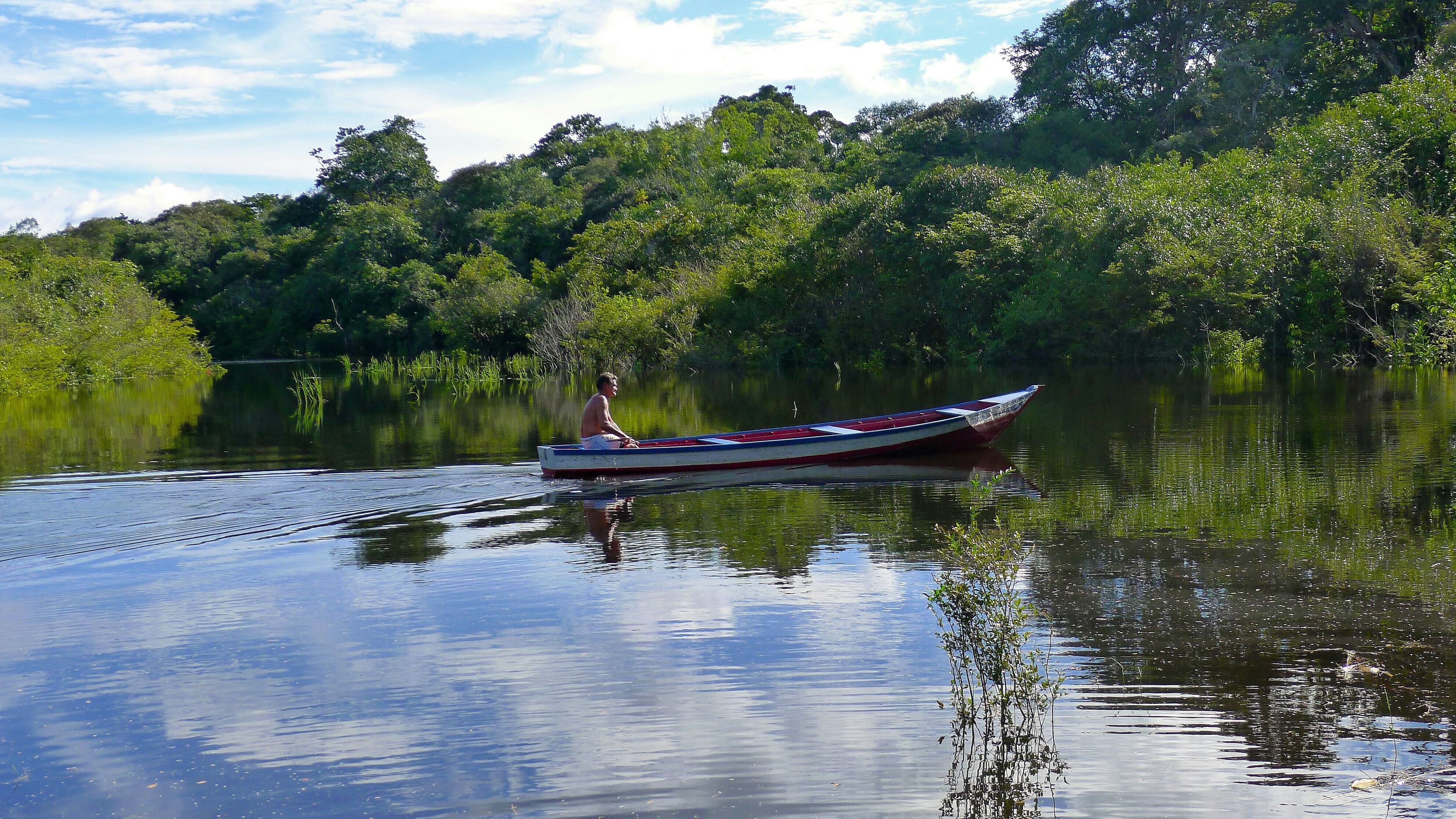We need to do more to understand how climate change and conflict are linked. Here's why

Previous studies have concluded that the effects of climate change can increase the risk of violent conflict Image: REUTERS/Amit Dave
This article is part of the World Economic Forum's Geostrategy platform
The impacts of climate change are increasingly viewed as global security risks, which will have far-reaching implications for both human and renewable natural systems.
Most climate–conflict research has focused on East Africa and sub-Saharan Africa. The SIPRI Insights paper, Climate change and violent conflict: Sparse evidence from South Asia and South East Asia, explores and summarizes the findings from a systematic literature review of climate–conflict research on South Asia and South East Asia.
Although these regions have been greatly affected by both climate change and conflict, there have only been a small number of rigorous academic studies that focus on the climate–conflict relationship.
Interlinked causes
While this constrains the ability to draw general conclusions, there is context-specific evidence that climate change can have an effect on the causes and dynamics of violent conflict in the region when: (a) it leads to a deterioration in people’s livelihoods; (b) it influences the tactical considerations of armed groups; (c) elites use it to exploit social vulnerabilities and resources; and (d) it displaces people and increases levels of migration.
In acknowledging that these mechanisms are often interlinked and more noticeable in some climatic, conflict and socio-economic contexts than in others, the need for more research in both South Asia and South East Asia is clear.

In summary, and acknowledging the limited evidence base, what can be gleaned about the linkages between climate change and violent conflict in South Asia and South East Asia?
The key finding from the systematic literature review is that knowledge is worryingly limited. In fact, countries such as Pakistan, Myanmar and Afghanistan, which are experiencing climate change and are host to notorious violent conflicts, are underrepresented in academic research.
Similarly, the low number of rigorous academic studies that have so far been conducted in the countries and regions of South Asia and South East Asia constrains the ability to draw broader conclusions about the regions as a whole.
Nonetheless, the studies reviewed confirm previous analyses and show that, under certain circumstances, climate change increases the risk of conflict.
Four mechanisms
Moreover, this study demonstrates that the four mechanisms identified in previous reviews of the climate–conflict linkage are also at play in the context of South Asia and South East Asia, albeit with notable differences.
Climate-related environmental change influences violent conflicts when: (a) it negatively affects people’s livelihoods; (b) it influences the tactical considerations of armed groups in ongoing conflicts; (c) elites exploit social vulnerabilities and resources; and (d) it displaces people and increases migration in vulnerable and highly vulnerable natural resource dependent contexts.
It is important to analyze and compare regions that, despite being vulnerable and highly exposed to climate change, are able to peacefully mitigate such stressors
”Due to the limited amount of rigorous empirical research on the climate–conflict linkage in South Asia and South East Asia, more research will be indispensable to refining understanding of how climate change might increase the risk of violence and under what circumstances it is likely to do so.
As violent conflicts are multi-causal, context-specific and develop over time, further research is essential not only to address knowledge gaps, but also to enable a more refined understanding of the applicability and adequacy of different response mechanisms in diverse contexts.
To this end, it is important to analyze and compare regions that, despite being vulnerable and highly exposed to climate change, are able to peacefully mitigate such stressors. Nonetheless, there are relevant lessons to draw from the available research.
The climate–conflict linkage primarily plays out in contexts that are already vulnerable to climate change, and where income is highly dependent on agriculture and fishing. Therefore, it is important to support the development of alternative sources of income, to increase the coping capacity of communities to manage temporary losses of income and to strengthen communities’ resilience in order to mitigate conflict risks.
Various scholars have made suggestions that this might entail insurance schemes that smooth out the annual income of vulnerable populations, a reduction in income sensitivity to climate conditions, legal reform and improved land rights, drought preparedness programmes and agricultural assistance.
Previous programmes, such as food assistance programmes, have been followed by either a decrease or an increase in violence at different periods of implementation, as they are likely to alter the power relations in a community.
Disaster risk management
The dynamics of violence following the implementation of projects need to be considered when policy responses are planned. The research therefore points to the need to develop conflict-sensitive analyses when designing and implementing disaster risk management and climate programming.
In conclusion, the underlying review illustrates the interplay between different mechanisms that link climate change and conflict.
To further understand the relationship and advance policy guidance on how to mitigate conflict risks, future research should address resource management, conflict prevention and disaster risk reduction in an integrated manner.
Future research needs to contribute in the following three key areas.
1) Addressing spatial and temporal differences.The impacts of climate change are expected to increase over time, but many climate-related disasters are seasonal and affect the dynamics of conflicts differently throughout the year. In addition, few studies address urban contexts despite increased urbanization and the vulnerability of urban centres in the region.
2) Making use of contextual understanding.Climate change and conflict events have different effects on different societies. It is therefore crucial to understand these context-specific differences in order to enable tailored responses. These should include local and marginalized communities. To provide contextually adequate responses that empower vulnerable groups, it is important to assess the needs, vulnerabilities and resilience of affected communities.
3) Taking account of institutional capacity and governance. The transnational character of climate change provides new challenges, but also increased relevance, for institutions and organizations. Where institutional capacity is low, there is an increased risk that aid will be mismanaged and the risk of conflict after a climatic event increases. It is therefore important to analyze how local, national and regional institutions are developing their ability to deal with these risks.
Climate change and violent conflict: Sparse evidence from South Asia and South East Asia, Pernilla Nordqvist and Florian Krampe, the Stockholm International Peace Research Insitute
Don't miss any update on this topic
Create a free account and access your personalized content collection with our latest publications and analyses.
License and Republishing
World Economic Forum articles may be republished in accordance with the Creative Commons Attribution-NonCommercial-NoDerivatives 4.0 International Public License, and in accordance with our Terms of Use.
The views expressed in this article are those of the author alone and not the World Economic Forum.
Stay up to date:
Fragility, Violence and Conflict
Related topics:
Forum Stories newsletter
Bringing you weekly curated insights and analysis on the global issues that matter.
More on Climate Action and Waste Reduction See all
Wee Kean Fong and Yvonne Zhou
November 19, 2025







